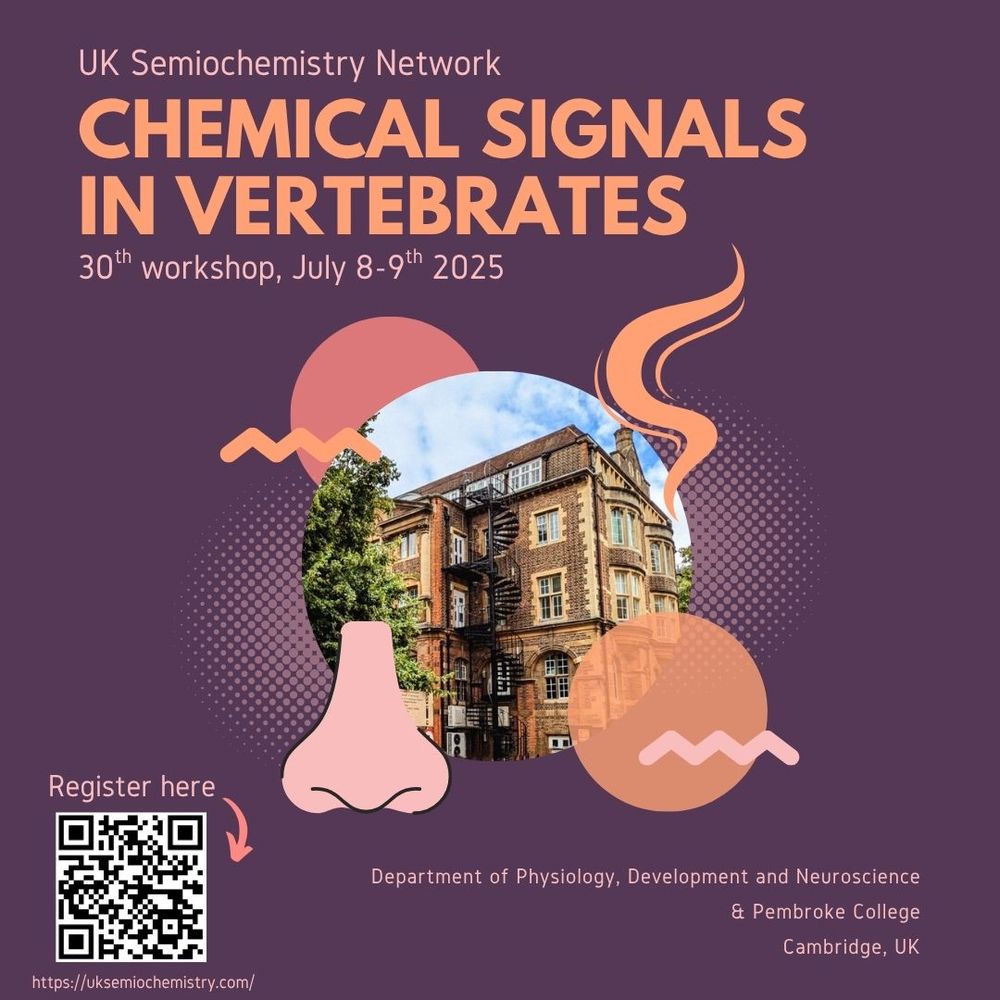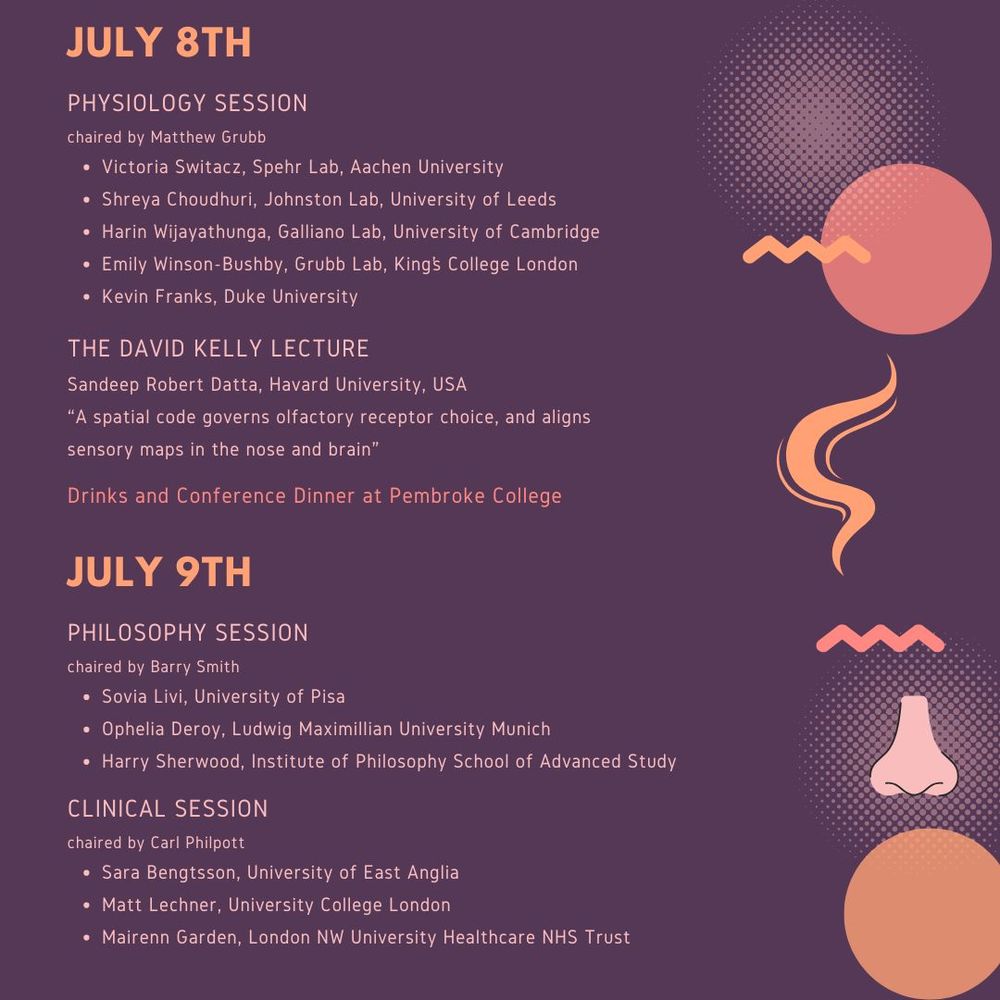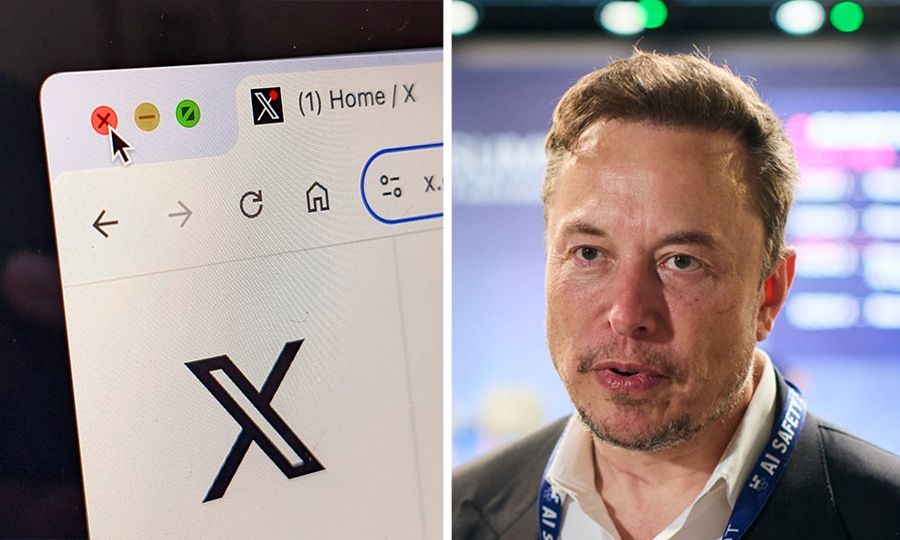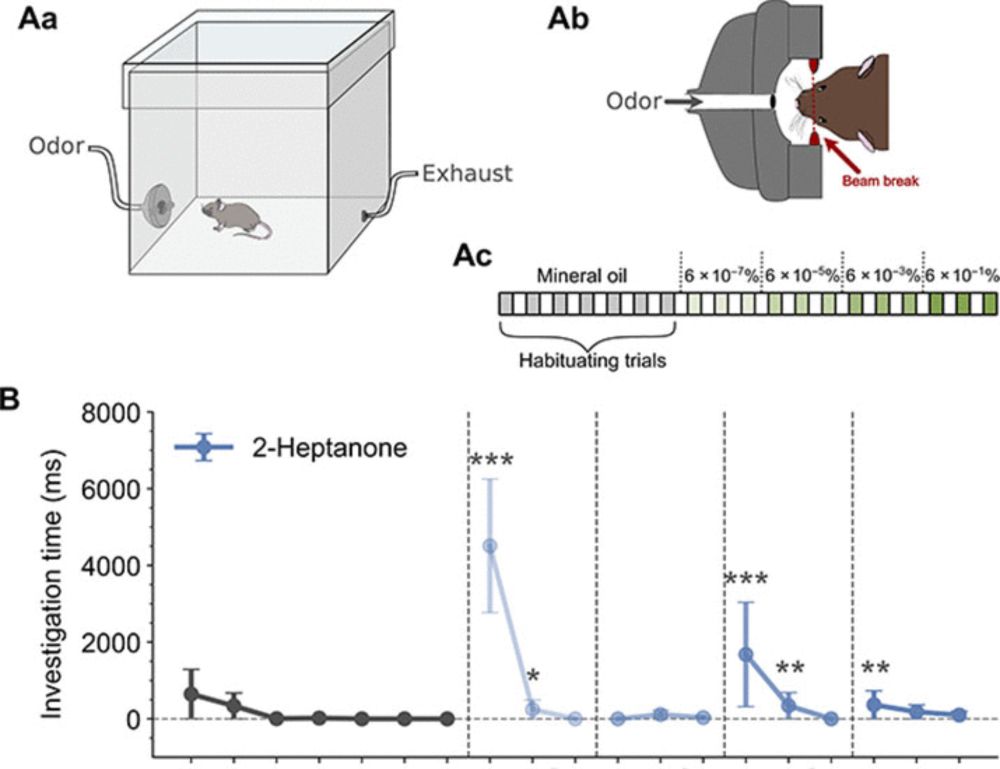
https://johnstonlab.org/
www.nature.com/articles/s41...

www.nature.com/articles/s41...
buff.ly/hOYKjHH
buff.ly/hOYKjHH
bsky.app/profile/elis...

bsky.app/profile/elis...
Headliner @dattalab.bsky.social on his lab's brand new olfactory maps study
Networking lunches, fancy College dinner, student discount, plenty of coffee. Go register!


Headliner @dattalab.bsky.social on his lab's brand new olfactory maps study
Networking lunches, fancy College dinner, student discount, plenty of coffee. Go register!
Can mice estimate the distance to an odour source?
New work led by Cristina Marin and colleagues, jointly supervised by @andreas-t-schaefer.bsky.social at the @crick.ac.uk and myself.
Spoiler alert: Yes, they can!
Read the paper here: bit.ly/43A9tF9
Short 🧵 below
Can mice estimate the distance to an odour source?
New work led by Cristina Marin and colleagues, jointly supervised by @andreas-t-schaefer.bsky.social at the @crick.ac.uk and myself.
Spoiler alert: Yes, they can!
Read the paper here: bit.ly/43A9tF9
Short 🧵 below




www.jneurosci.org/content/45/1...

www.jneurosci.org/content/45/1...
www.jneurosci.org/content/45/1...
Thanks to Matt and Betty for asking me to take part!

www.jneurosci.org/content/45/1...
Thanks to Matt and Betty for asking me to take part!

rdcu.be/ebo63

rdcu.be/ebo63
From our chapter, it’s clear that smell loss and its impact on ingestion remain vastly underexplored."

From our chapter, it’s clear that smell loss and its impact on ingestion remain vastly underexplored."

Reconstructed and modeled in elifesciences.org/articles/06250

Reconstructed and modeled in elifesciences.org/articles/06250
Researchers from @UniklinikBonn @unibonn.bsky.social @rwth.bsky.social reveal how single neurons respond to smells, images & words!
This study in @natureportfolio.bsky.social bridges the gap between animal & human olfactory research!👃
📖 www.nature.com/articles/s41...

Researchers from @UniklinikBonn @unibonn.bsky.social @rwth.bsky.social reveal how single neurons respond to smells, images & words!
This study in @natureportfolio.bsky.social bridges the gap between animal & human olfactory research!👃
📖 www.nature.com/articles/s41...
The PhD project of the talented Mark Conway.
A learning-induced change in the sensitivity of olfactory receptor neurons enables consistent perception of an odor. #olfaction #neuroscience
www.science.org/doi/10.1126/...

The PhD project of the talented Mark Conway.
A learning-induced change in the sensitivity of olfactory receptor neurons enables consistent perception of an odor. #olfaction #neuroscience
www.science.org/doi/10.1126/...
www.science.org/doi/10.1126/...

www.science.org/doi/10.1126/...
Perching on a vessel,
Protecting the brain
An old Friday experiment for
#FluorescentFriday #Olfaction #haiku

Perching on a vessel,
Protecting the brain
An old Friday experiment for
#FluorescentFriday #Olfaction #haiku
It’s your chance to connect with #neuroscientists from academia, clinics, and industry as we explore 'The Resilient Brain'.
Make sure you’ve got your ticket! bna.org.uk/mediacentre/...
It’s your chance to connect with #neuroscientists from academia, clinics, and industry as we explore 'The Resilient Brain'.
Make sure you’ve got your ticket! bna.org.uk/mediacentre/...

How do brains connect odors with internal models of the world?
Our preprint suggests that the olfactory bulb participates in this connection.
www.biorxiv.org/content/10.1...
How do brains connect odors with internal models of the world?
Our preprint suggests that the olfactory bulb participates in this connection.
www.biorxiv.org/content/10.1...
We show that adult-born dopaminergic cells in the olfactory bulb rapidly functionally resemble their pre-existing counterparts!
Have a look at the preprint here: www.biorxiv.org/content/10.1...

We show that adult-born dopaminergic cells in the olfactory bulb rapidly functionally resemble their pre-existing counterparts!
Have a look at the preprint here: www.biorxiv.org/content/10.1...




